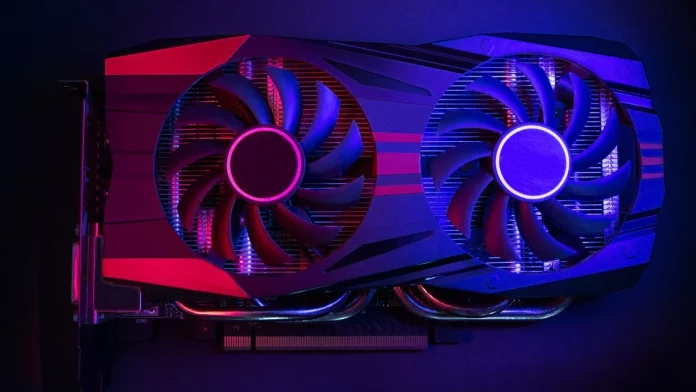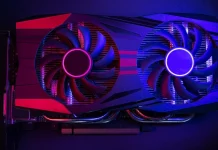Understanding which graphics card (or GPU) your PC has can be confusing, but it’s essential for gaming and other graphics-intensive tasks. This guide will show you how to easily find your GPU and explain why it matters.
Why Your Graphics Card Matters
Graphics play a crucial role in the PC gaming experience and in rendering high-quality visuals. However, not all computers are built to run the latest games at their best settings. Many laptops and pre-built systems come with lower-end specs, and upgrading internal components can be costly if you built your own PC.
If you want to play demanding games but aren’t sure if your PC is up to the task, you’ll first need to identify your graphics card. Once you know your GPU, you can compare it with the minimum or recommended requirements of games to see if your system can handle them.
What Is a Graphics Card (GPU)?
When you power on your computer, everything you see on the screen—from a simple document to a stunning 4K game—is generated by the Graphics Processing Unit (GPU). GPUs vary widely: some computers use integrated graphics, which share resources with the CPU, while others have dedicated or discrete graphics cards with their own hardware and cooling systems.
Discrete graphics cards offer much more power for tasks like 3D gaming, video rendering, and even some non-graphics workloads like cryptocurrency mining. However, this power comes with increased electricity consumption, heat, and physical size, which is why ultra-thin laptops typically lack dedicated GPUs.
Key Components and Manufacturers
A graphics card consists of two main parts: the GPU chip and the card itself, which includes the cooling system, power modules, and sometimes factory overclocking. The two biggest GPU chip makers are Nvidia and AMD, while Intel’s Arc series has also entered the market recently. Many companies like Asus, EVGA, MSI, and Gigabyte produce graphics cards using these chips, each adding their own features such as improved cooling or enhanced warranties.
Understanding GPU Naming
Knowing your GPU might seem straightforward, but the chip in the card has its own model number, which is different from the card’s branded name. For instance, the chip may be called a “Nvidia GeForce GTX 1060,” but the card itself might be branded “EVGA GeForce GTX 1060 Superclocked” with additional features like better cooling or factory overclocking.
If all you need to know is the chipset model, this is easy to find in Windows. Getting the exact manufacturer and card model requires a bit more effort.
How to Find Your Graphics Card in Windows
To identify your GPU in Windows:
- Open the Start menu and type “Device Manager.”
- Click “Device Manager” to open it.
- Expand the “Display adapters” section to see your GPU listed.
- If you want more details about the manufacturer, right-click the listed GPU and select “Properties,” then
navigate to the “Details” tab.
Note: Device Manager shows GPUs based on installed drivers, so if you suspect driver issues, this might not be accurate.
Comparing Your GPU to Game Requirements
After identifying your GPU, compare it to the game’s minimum or recommended specs. GPUs with higher model numbers generally perform better—for example, an RX 580 outperforms an RX 480. When comparing cards from different series or brands, check online benchmarks or specs for guidance, including release year and price as indicators of performance.
Finding Your Exact Graphics Card Model
If you need the exact card model—required for warranty claims or tech support—you may need more detailed info:
- Use a third-party app like Speccy (free version) and check the Graphics section. Look for the “Subvendor” entry
to find the manufacturer, plus your video RAM details. - To get the precise model number, check your online purchase receipt or physically open your PC and check the
label on the card itself. This sticker usually has the full model details.
Be sure to record this information somewhere safe so you won’t have to open your PC again later.





